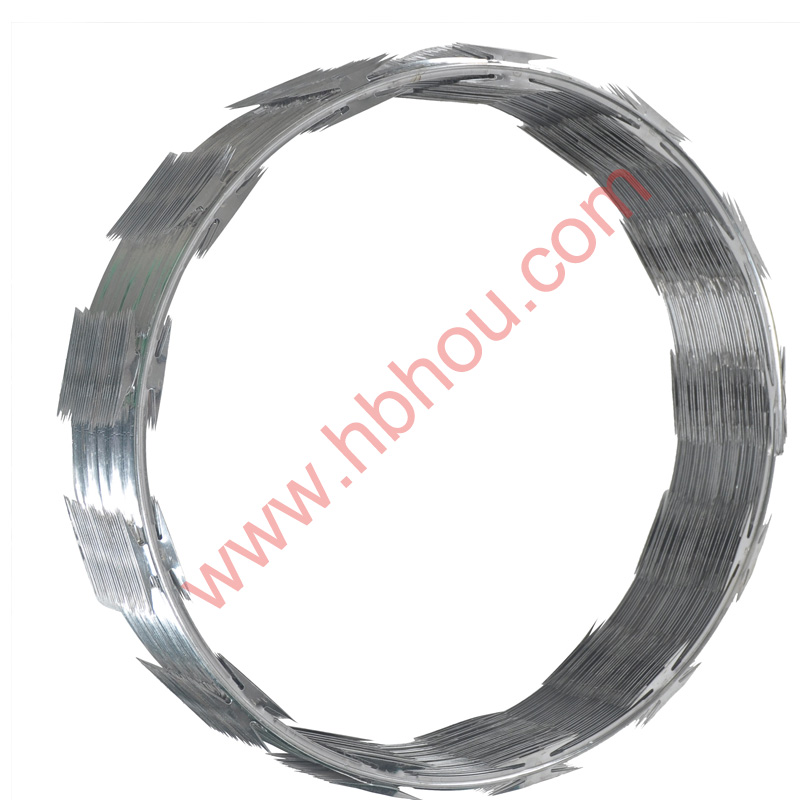Welding Cast Iron with Stainless Steel Wire Challenges and Techniques
Welding is an essential process in metal fabrication, allowing for the joining of metals to create strong, durable structures. One of the more challenging applications in welding is that of cast iron, especially when using stainless steel wire as a filler material. This article will explore the complexities involved in this process, the reasons behind using stainless steel wire, and the techniques that can mitigate some of the challenges.
Understanding Cast Iron and Its Properties
Cast iron is a group of iron-carbon alloys with a carbon content greater than 2%. It is renowned for its excellent casting characteristics, high wear resistance, and good fluidity. However, while cast iron is celebrated for its strength and durability, it also presents unique challenges when it comes to welding. The high carbon content and microstructure of cast iron can lead to problems such as brittleness and cracking during and after the welding process.
Why Use Stainless Steel Wire?
Welding rods are usually chosen based on the base materials to be joined. In the case of cast iron, using stainless steel wire as a filler material can offer several advantages. First, stainless steel provides excellent corrosion resistance, making it ideal for applications where the welded component may be exposed to harsh environments. Additionally, stainless steel typically has better tensile strength than cast iron, which can enhance the overall strength of the welded joint.
However, the differing properties of cast iron and stainless steel present significant welding challenges. For example, the thermal expansion rates of these two materials differ considerably, which can lead to residual stresses and the potential for cracking during the cooling process. Therefore, a careful approach must be taken when welding these materials together.
Techniques for Welding Cast Iron with Stainless Steel Wire
Preheating
To minimize the risks associated with welding cast iron, preheating the cast iron component is often a critical first step. By heating the cast iron to a temperature of about 400°F (approximately 200°C), the temperature differential during welding is reduced. This preheating helps prevent rapid cooling, which can lead to brittleness and cracking in the weld zone.
welding cast iron with stainless steel wire

Proper Joint Design
A well-designed joint plays a crucial role in the success of welding cast iron with stainless steel wire. Using a beveled joint design can provide a larger surface area for the weld and ensure better fusion. Additionally, incorporating a gap into the joint can accommodate thermal expansion during the welding process, reducing stress and the likelihood of cracking.
Selecting the Right Filler Material
When opting for stainless steel wire, it is essential to choose one that is compatible with cast iron. ER309L stainless steel is a popular choice for this application because it provides a superior balance between ductility and strength, making it more suitable for joining cast iron with stainless steel.
Control of Welding Parameters
Control over the welding parameters—such as voltage, amperage, and travel speed—is also crucial when welding cast iron with stainless steel wire. Using a low heat input can help manage weld pool size and reduce the risk of warping or cracking. Additionally, employing a weaving technique while welding can allow for better heat distribution and penetration into the cast iron.
Post-Weld Treatment
After welding, it is important to perform post-weld heat treatment to relieve any residual stresses in the welded joint. This process may involve gradually heating the component and allowing it to cool slowly. Proper post-weld treatment is vital to enhancing the durability and performance of the weld.
Conclusion
Welding cast iron with stainless steel wire is a complex but achievable endeavor when the correct techniques and considerations are applied. Understanding the properties of the materials involved, designing appropriate joints, carefully selecting filler materials, and controlling welding parameters are all critical components to successfully navigating this challenge. Through these methods, it is possible to create strong, reliable welds that leverage the advantages of both cast iron and stainless steel, ultimately expanding the potential applications for these materials in various industrial contexts.
















